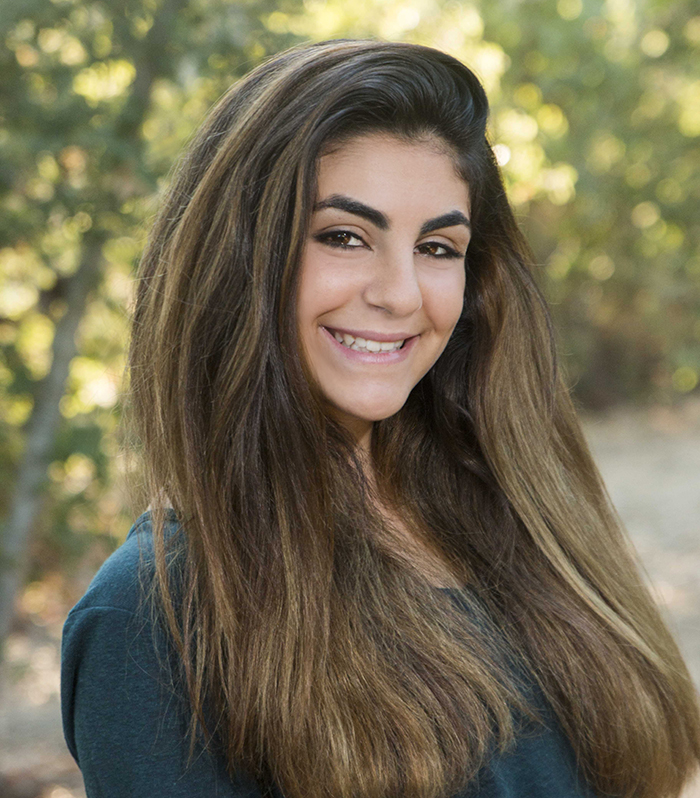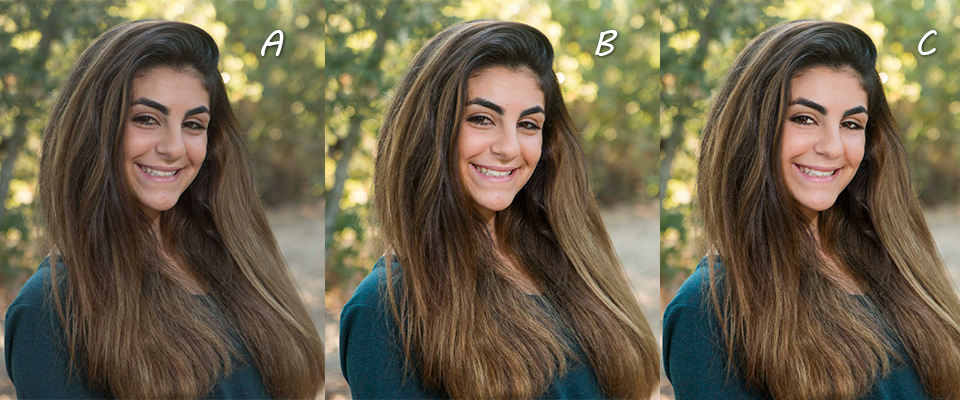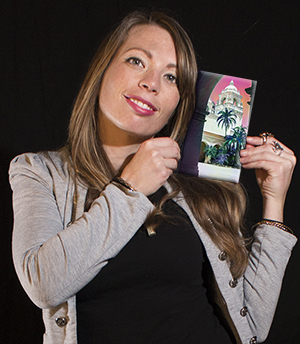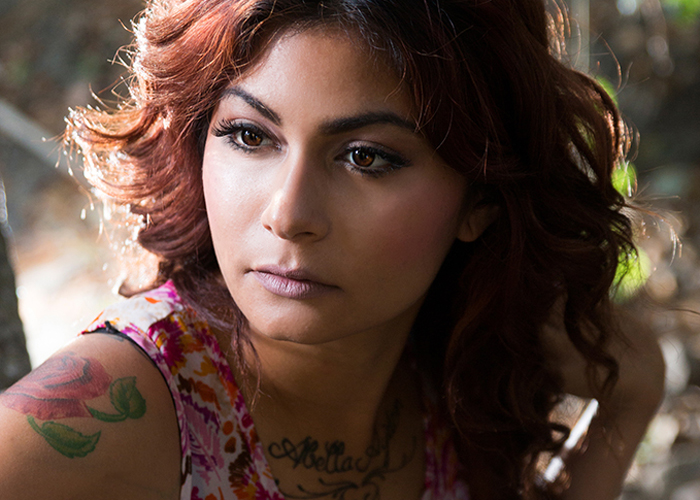So, what is the difference between edit & retouch?
You may have found on photography websites different terms like “raw”, “unedited”, “light edit”, “edited”, “retouch”, “magazine retouch”, “air brush”, “blemish removal”, or other terms. If you don’t work with photography daily, you’re probably feeling overwhelmed by all the options! I’ll take a few moments to separate these terms. This is a great guide for future brides, grooms, graduates, families, head shots, and portfolio portraits.
A) Raw or Unedited
Images that are raw or unedited are images with little to no post work or simply as they were shot in camera.
Almost every photographer edits their photo to some degree. Color correction, brightness, contrast, or other elements are a few examples. Editing can add style or artistic flare. If you’re seeing “raw” or “unedited”, you’re receiving photos with no post work. This is unusual for events like weddings as the aspects are so variable & need a little help. Raw refers to a file type, but in this term it may mean, “I’m giving you the image as I took it”.
B) Edited & Styling
Editing typically involves simple photo corrections or photo changes to achieve an artist flare or a particular style.
C) Retouch or Air Brush
Retouching is beyond editing. This is a process that actually changes the way you look. You’ll see retouching in show pieces and print.
Retouching in Detail
-
Basic
-
Air Brush
-
Magazine
-
Photoshop
A basic retouch typically covers such things as removing blemishes, softening unflattering shadows, & reducing shine. Removal of stray hairs can be performed in a basic retouch, but large areas requires another level of retouching. Basic retouching would be the level of retouching for most clients. The purpose of a basic retouch is to take away elements that normally do not appear on your person such as acme! Moles or other areas that are always with you should be left in place unless you request something different. Always notify your photographer of areas of concern before and after a photo shoot.
Once you’ve taken care of areas that normally don’t appear on your features, the next level is air brush. Named for the technique of applying a soft gradient coloring, air brush will soften wrinkles, even skin tone, and overall make your skin look more smooth. Hair may be fixed in larger sections in this step of retouching as well. The goal with this retouch is to make everything look clean and pristine. This is a great way to fix any elements that you don’t have control over such as make up running or wrinkles that might appear in shadows or unflattering light (this will happen with event photography more so than portrait photography). Let your photographer know if this is the retouch you’re seeking, because it does require addition work to an image.
Magazine retouch is much more photo manipulation than the previous two categories. Check out some before and after time lapses on Youtube if you’re interested! Basically, everything we discussed before but add in perfection such as changing aspects of the body, taking away any unflattering shapes, clothing correction, editing unappealing background elements, and often times emphasizing or enhancing a subject’s features. Think of it as a digital face lift on your photo. This level of retouch isn’t the norm for portrait and wedding photography, but often the norm for model, print, editorial, or other show piece images.
If you read the previous types of retouching, you’ll begin to realize there are many possibilities for retouching. Photoshop is a tool for photographers and artist to manipulate their images. There are many ways to change a photo including face swapping between images, fixing background elements, or adding artist elements to an image (like those fireflies or special lighting you might think “wow how did they do that?!”) Share your Pinterest or photo examples with your photographer to help guide the style or overall look you want with an image. Photoshop can be the tool you need for that special artistic photo that you’re dreaming of.
Points to Consider
- What do you want in your end product. Do you want something basic or more artistic?
- Let your photographer give suggestions or explain what s/he offers in their sitting fees.
- Worried about blemishes or acne? You’ll want to let your photographer know you’re interested in retouching.
- Photoshop is a great tool for photographers and artists. If you’re already one of those two, you can always use your skills to retouch your own images! Some of the latest apps and programs have options to enhance your photo. The best advice would be to let a professional use an artistic, detailed eye to edit and retouch your images before you display or print.








Leave A Comment